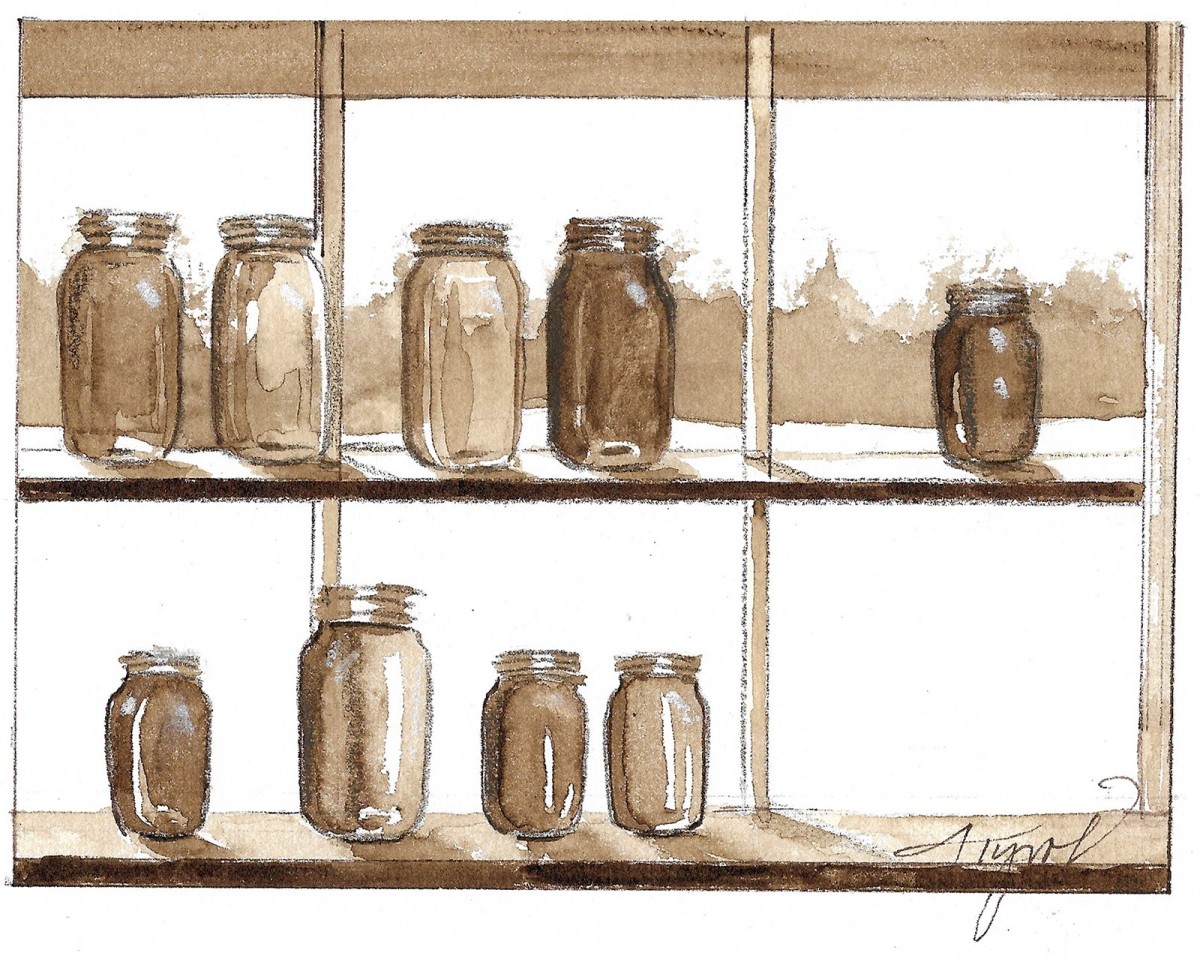
The 2019 maple sugaring season has, for most, just ended in southern Vermont and New Hampshire. And so sugarmakers are tallying up their sap and syrup volumes to see how they made out. My sense, as a sugarmaker myself, is that most did well.
In tallying our own numbers, it was interesting to look at this year compared to last, as things unfolded in very different ways. In 2018 we collected our first sap on February 19, and our last on April 4. Within that 45-day window, we collected sap on 25 days. This year we collected our first sap on March 12 and our last on April 7. In that 28-day window, we collected on 26 days. In other words, we collected roughly the same number of days, it’s just that last season was drawn out, and this one was compressed.
Of course, the same number of days does not mean the same amount of sap. Sap runs are predicated on an ice-on-the-puddles freeze, followed by warm, but not too warm, temperatures. The trees are like giant pumps, and you need a recurring freeze/thaw cycle to prime them. Last year the weather was volatile – it didn’t want to stay in the sweet spot for very long, skewing too hot, then too cold; this year’s weather was more textbook good. All told, our trees produced 15.6 gallons of sap per tap last year, whereas this year the same trees produced 22.1 gallons per tap.
Another big difference between the years was the sugar content of the sap. Last season it took us 63 gallons of sap to make a gallon of syrup. (That average was determined by counting the gallons of sap collected during the season, and dividing it by the gallons of syrup made.) This year, the ratio was 50:1. With a bucket or two, such a discrepancy isn’t a big deal, but on a commercial scale, that 20-plus percent difference looms large, especially in an agricultural endeavor where profit margins are tight. References in the Vermont Maple Bulletin’s mid-season report, and word on the street around here, both indicate that sugar content was up for many producers.
So, why was the sap less sweet in 2018? Sugar content generally follows a bell curve, starting low, peaking mid-season, then going back down at the end, so maybe the fact that we collected so much early-season sap skewed the numbers. Or maybe the answer’s more physiological. In 2016 we had a moderate drought, which stressed the trees. In response, they put out an epic seed crop in the summer of 2017. Making a couple hundred thousand babies takes resources, so the lower sugar content the following spring could have been a reflection of this.
Can this year’s sweet sap be explained as a simple return to form, or is there something else going on that’s boosting the sugar?
Dunno.
Now some old timer out there is reading this and saying to his newspaper: “You’re thrilled with 50:1? When I was a kid that would have been considered pathetic.” This recollection might just be rosy-glassed exaggeration, but there are other references in the historical record that make you wonder. Writing in 1950, Helen Nearing, a pioneering sugarmaker from this area, reported a 35:1 average ratio in her woods. Colonel Fairfax Ayres, another big sugarmaking name who tapped the same woods we tap today, made an off-the-cuff reference in an advertisement to an astonishing 22:1 sap-to-syrup ratio.
There are some possible explanations for this historical discrepancy that I can identify, the biggest being that sugarbush management has changed. The sugarwoods in the early-to-mid 20th century were, in many cases, old-growth islands in an open, agricultural landscape. Maybe there was something physiologically different about the old growth trees that made them sweeter, akin to the way that old-growth wood has different tonal qualities than the wood from second or third growth trees. (That’s complete speculation.) More likely, the higher sugar content is simply correlated with the fact that big trees are sweeter than little trees, since more leaves = more photosynthesis = more sugar. There was also less competition in the forest back then, as non-maples were cut and the understory was completely cleared to allow for bucket collection with oxen or tractors. Today we tap trees as small as 12 inches in diameter, which lowers our average; we also encourage species diversity as a hedge against pests and tend the next generation of saplings instead of cutting them, which spreads out the available resources.
Another reason for a historical decline in sugar content, if it exists, could be that people tap a significant number of red maples today, which are, generally, less sweet than sugar maples. Another factor could be, simply, that the equipment we use is better. Today’s precisely-calibrated refractometers, pumps with flow meters, and precision hydrometers and thermometers used to peg the final density of the syrup are more exact than they used to be, and so it’s probably a safe assumption that the record keeping is too.


Discussion *